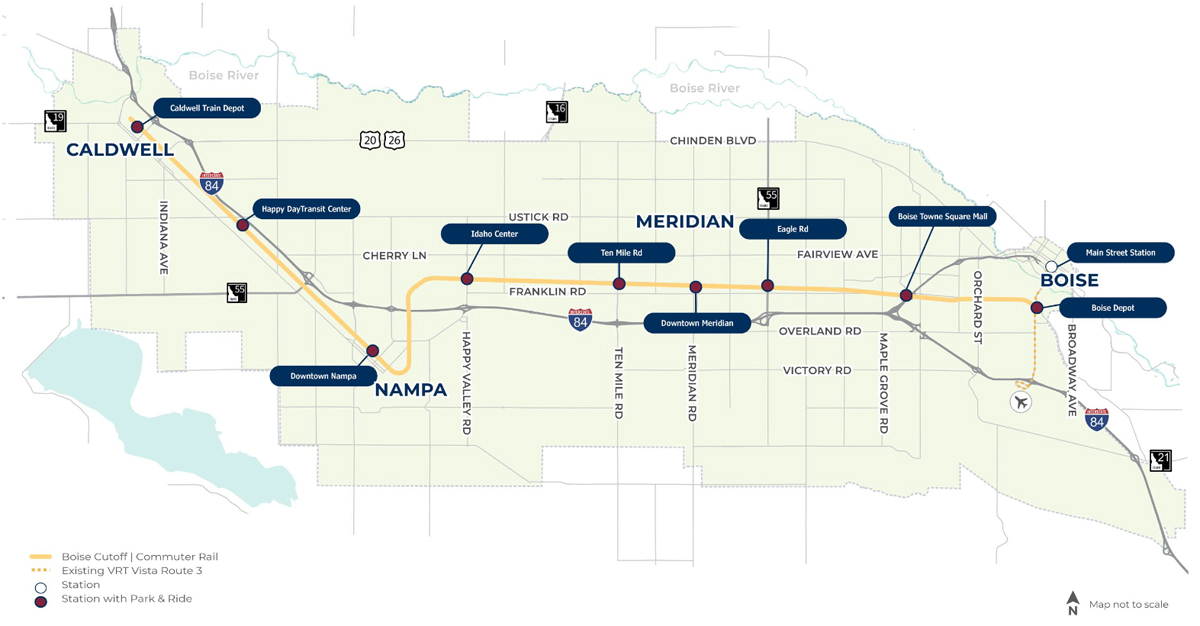
Add Boise, Idaho, and Anchorage, Alaska, to a list of locations expressing interest in launching commuter rail service.
The Community Planning Association of Southwest Idaho (COMPASS) last week selected commuter rail as its preferred form of future mass transit, based on a study that has been in progress since January 2024. The planned service would use an existing Union Pacific route connecting Caldwell, Nampa, Meridian, and Boise, an area projected to have a population of 1.1 million by 2050, according to COMPASS.
Commuter rail was the considered the best choice by 80% of respondents to the study. “That gives me a great deal of confidence that selecting commuter rail was the right thing to do,” COMPASS Executive Director Craig Raborn told the Idaho Business Review. “However, it is preliminary; we are not locked in to that decision ― if something significant were to change, the COMPASS board certainly can, and will, consider that before final decisions are made.”
The COMPASS study, “Let’s Ride, Treasure Valley,” is known as a Planning and Environmental Linkages study, a preliminary step in the federal environmental impact process. The COMPASS website indicates funding “remains a significant obstacle.
“Idaho does not have a dedicated funding source for public transportation, which is needed to operate any sort of high-capacity transit system,” the organization says. “Without dedicated funding, work on any time of high-capacity service will remain in the planning stages.”
But the Let’s Ride report issued in July, notes the route for the rail plan has stronger ridership potential than the two Bus Rapid Transit routes that were also part of the latest stage of the study, would have the fastest travel times, would involve the fewest impacts on private property, and would have lower operating costs. However, construction costs are assumed to be higher, based on the expected needs for infrastructure improvements such as double tracking and new grade crossings, and it has less connection to pedestrian and bike routes, given that the existing rail line generally acts as a barrier to developing such routes.
The next step of the study, due this fall, will finalize a potential route and the Planning and Environmental Linkage study document.
Group calls for commuter rail pilot program in Alaska
Meanwhile, Alaska Public Radio reports that an advocacy group, the Alaska Commuter Rail Coalition, is calling for a pilot program that have two daily round trips between the Matanuska-Susitna Borough, or Mat-Su, and Anchorage, a route traveled by thousands of commuters daily. to address the thousands of people who make the 45-minute drive daily.
A commuter rail task force was formed by then-Gov. Bill Walker in 2017, and a member of that task force, Cynthia Wentworth, told APR that the project had support in 2018 but the legislature was unable to find the funding for it. The state-owned Alaska Railroad is willing to run the project, but funding remains an issue.
The actions in Boise and Anchorage come on the same week that the Nova Scotia provincial government took the first step toward studying light rail and commuter rail options for the Halifax region [see “Nova Scotia plans study …,” Trains.com, Aug. 22, 2025].






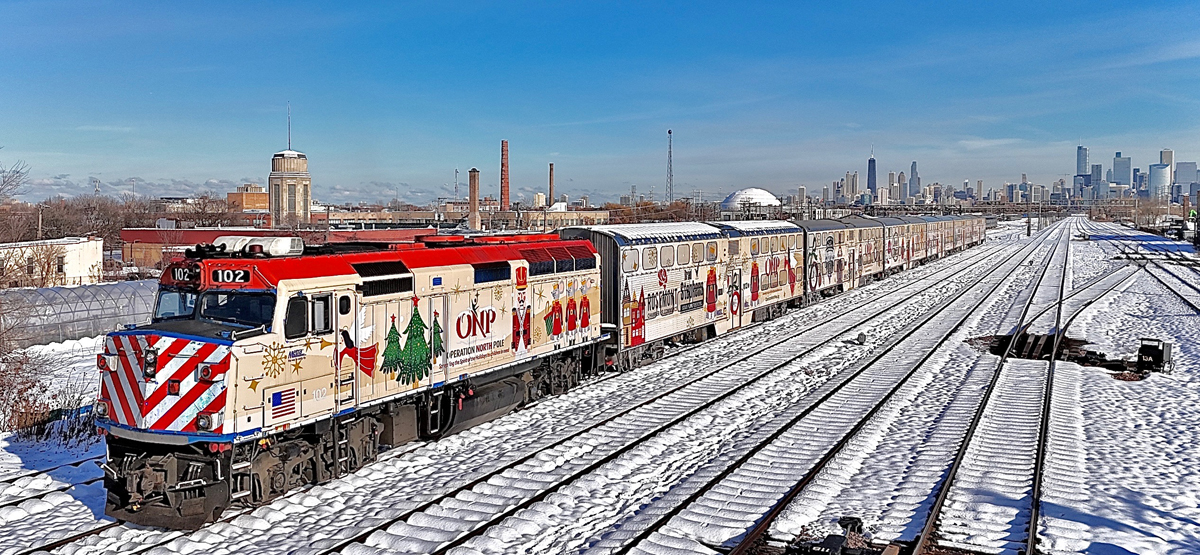
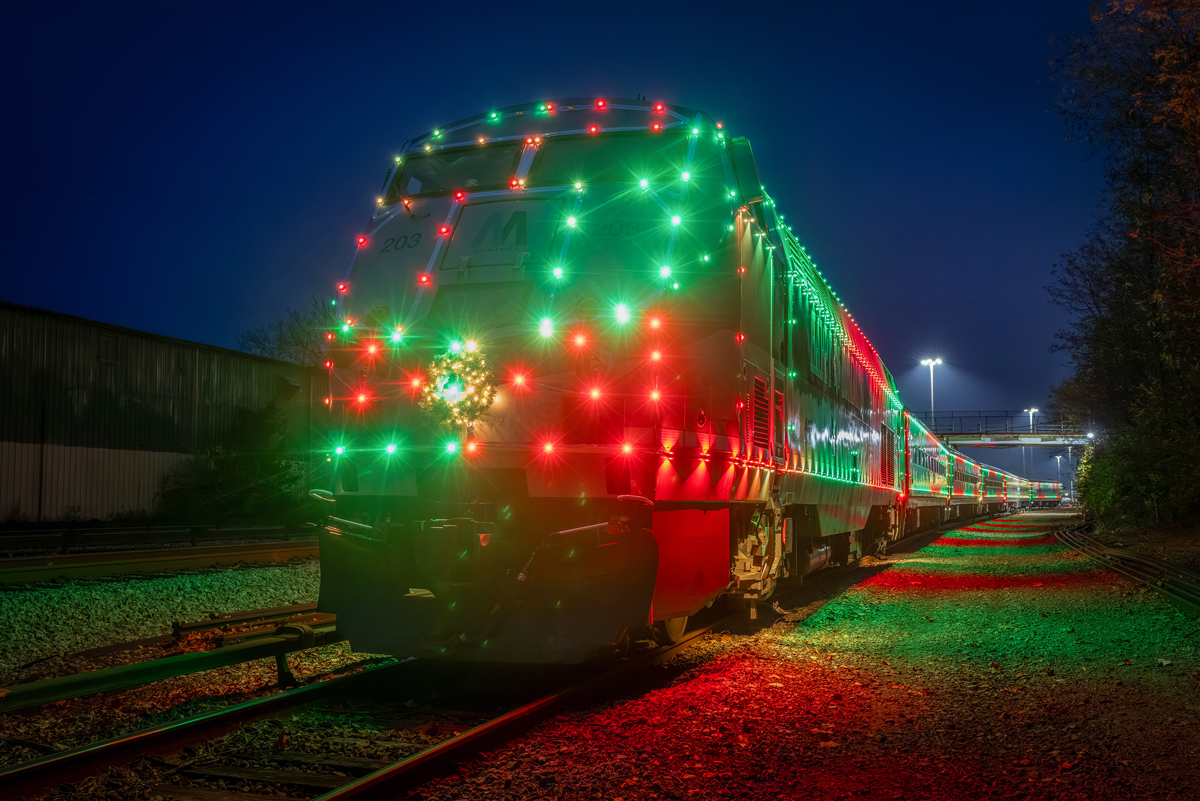
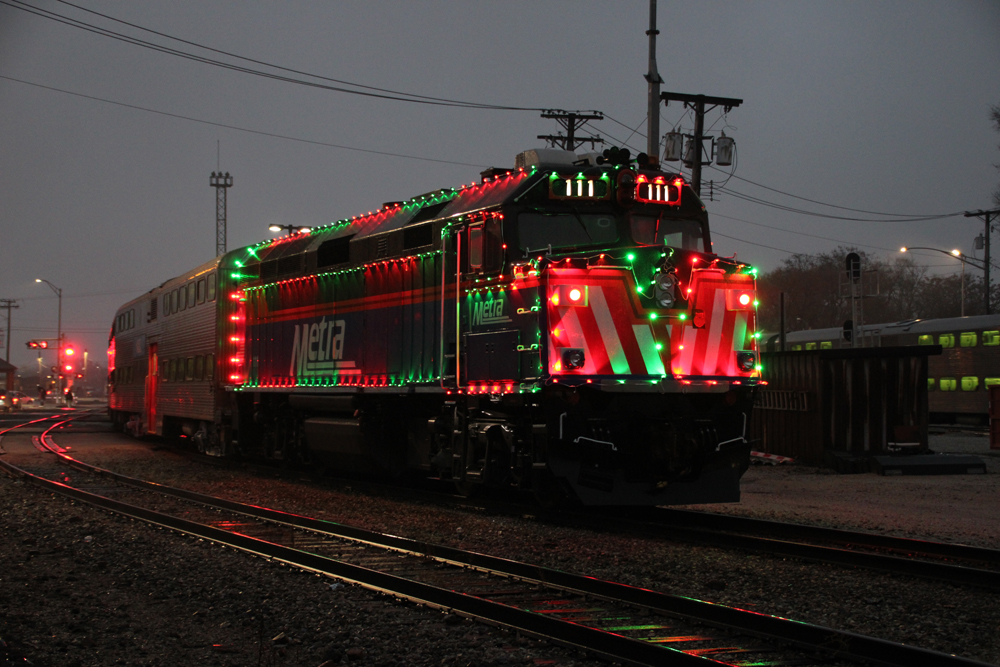
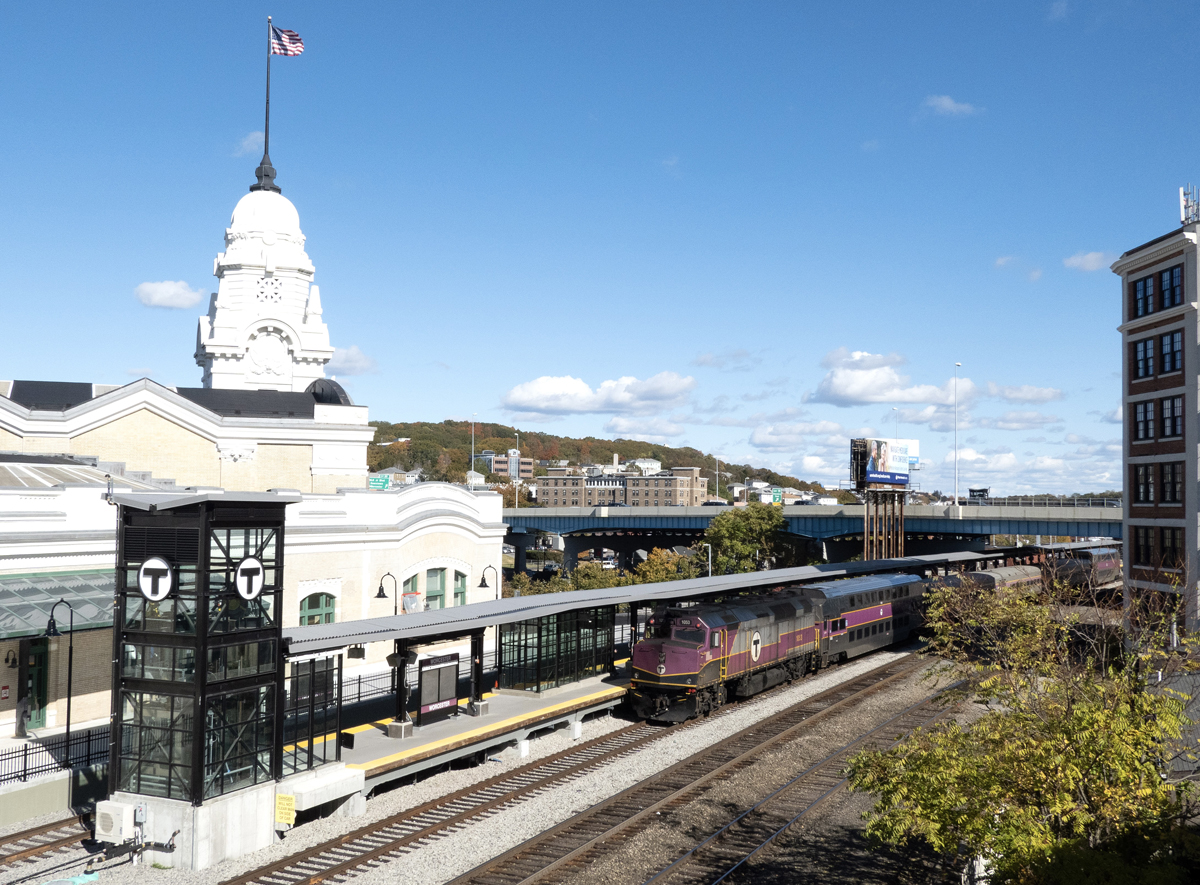
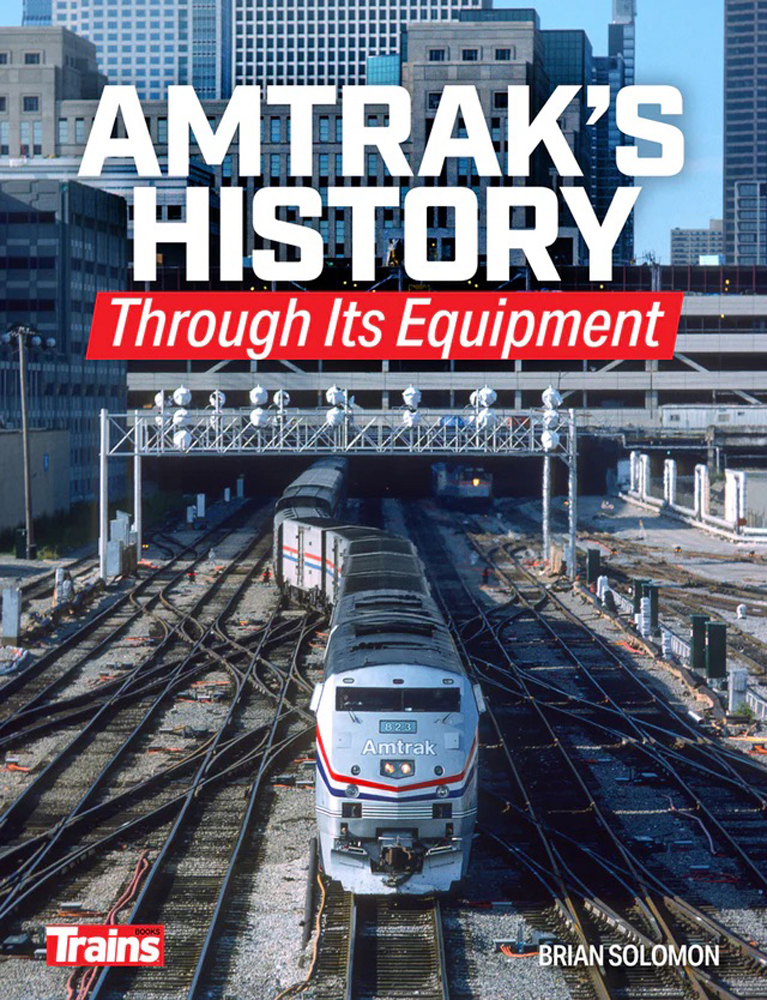


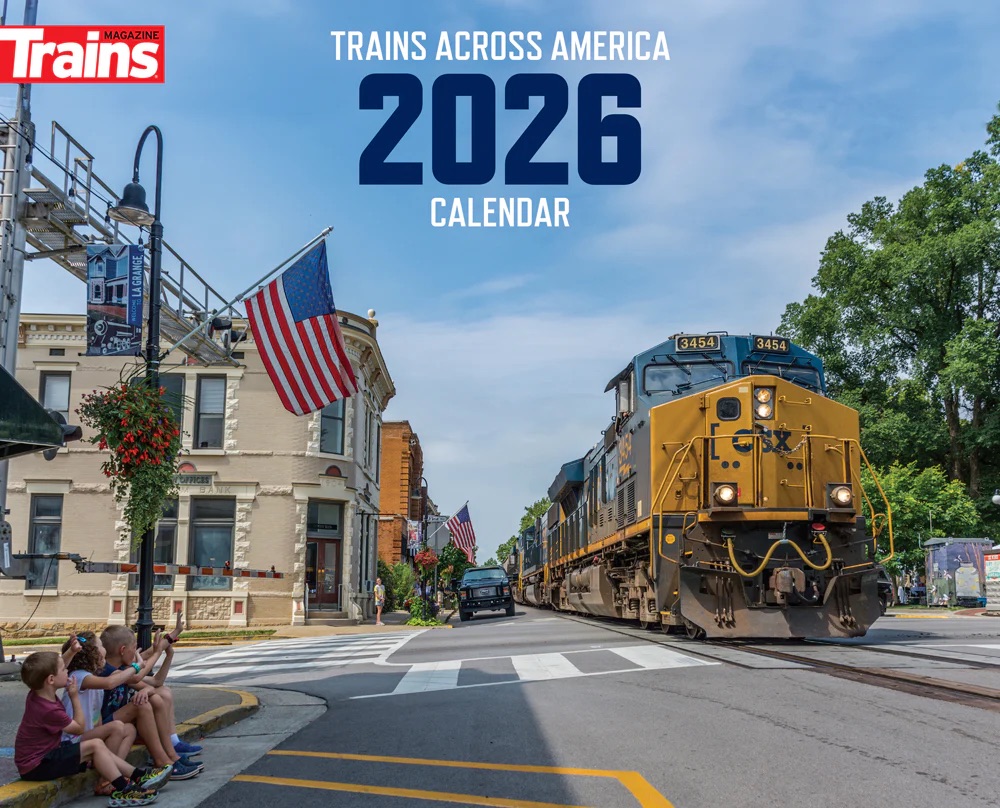
VINCENT R SAUNDERS says:
“But 1.1 million, even b(y) 2050? Sounds like California’s planners. Currently, Boise Metro has a population of 235,012. ”
Um, no. The Boise Metropolitan Statistical Area has a population (2023 estimate) of 824,657, which includes Ada, Boise, Canyon, Gem, and Owyhee counties. Of this amount, nearly 800,000 reside in Ada (county seat: Boise) and Canyon (county seat: Caldwell) counties. The proposed route is Boise to Caldwell, serving the state’s four largest cities: Boise, Meridian, Nampa and Caldwell.
Well, we ALL know where than can get some good, used equipment…
What people don’t seem to realize is that light rail or commuter rail alleviates additional traffic congestion that results when buses from all those communities converge on the downtown. Buses & park & rides feed into the rail system reducing the overall traffic congestion. Before we had light rail the downtown traffic was backed up with suburban express buses in addition to local city routes & when it snowed it was gridlock!
Boise and Idaho had better have ROCK SOLID numbers, checked and double checked, otherwise federal money will not be easy to come by. Just ask California… lol. For light rail…maybe, For commuter rail, hardly. Just not big enough or long enough nor enough people in southwestern Idaho. They would be better off working with Utah and New Mexico on some sort of tri weekly rail between Boise and Santa Fe or Albuquerque with Salt Lake City being a central hub connecting to the California Zephyr or the Rocky Mountaineer luxury “Rockies to Red Rocks” train. The South end could also possibly connect to the Sunset Limited or the Southwest Chief. And most of that is already built… and not competing with the heavy Northwest Freight flow between UP in Portland and Seattle to the Midwest. They could also try to get the Pioneer reinstituted but that train has already left the station… Its nice to dream, but it costs BIG MONEY. SLC only got theirs because of the Olympic infusion and Boise’s idea just doesn’t have the money to go it alone, I’m afraid… But, more power to them…
The Northstar failed due to poor utilization. If they (Met Council) had expanded its service to the Red Rock corridor (as was the original plan) to serve the E/SE metro area & to the NW to St Cloud they would have had a viable system. But the MC’s only obsession is Hennepin Co.
The 10 most populous cities in the US and how many don’t have commuter rail?
New York City, New York
Los Angeles, California
Chicago, Illinois
Houston, Texas
Phoenix, Arizona
Philadelphia, Pennsylvania
San Antonio, Texas
San Diego, California
Dallas, Texas
Jacksonville, Florida
My calculation is 4 of the 10 cities do not have commuter rail
The cities I forgot to name are Houston, TX. San Antonio, TX. Pheonix, AZ., and Jacksonville, FL.
Boise needs to get this right or they will make the same mistakes that Salt Lake and also Portland made when they did their commuter rail projects during the last Olympics. If Boise wants to Pioneer back they need to get this study done and they need to do everything the right way. If Boise messes up the new rail projects will become a money pit and you will have what happened in St Paul when Northstar shut down. Boise needs to show that it has a first class commuter system before Amtrak will sign off and allow them to run trains on the line. Also they need to convince Union Pacific and the Western Rail Alliance that passenger commuter rail can be done or we will have what happened in 97 when Joe Boardman and Anderson pulled the plug we don’t want that to happen again.
Yes, and like Utah, they will most likely have to buy into the UP right of way and build their own tracks adhacent to UP’s heavily traveled freight lines to avoid any delay cause by UP freights. That is the only way Utah was able to build their Frontrunner Commuter Rail as UP would not concede to joint service on their freight tracks,…
Guess Boise hasn’t been paying attention to the news??
Idaho? One hears that the population and the prosperity are increasing, which is good. What this proposal shows is that consultants can be paid to draw attractive maps. What does Union Pacific have to say about this plan?
But 1,1 million, even bu 2050? Sounds like California’s planners. Currently, Boise Metro has a population of 235,012. There might be another, 100,000 in surrounding cities but I doubt it, That means they have to have an influx of about 700,000 more people in the next 25 years. Boise only grew from 32,000 in 1950 to its current population in 2025, In 75 years that is only a growth of 203,012 people. and suddenly they are going to come up with 865,000 people in 25 years? I think their estimates of population in the Treasure Valley in a little too optimistic… I think they will be lucky to get half that…